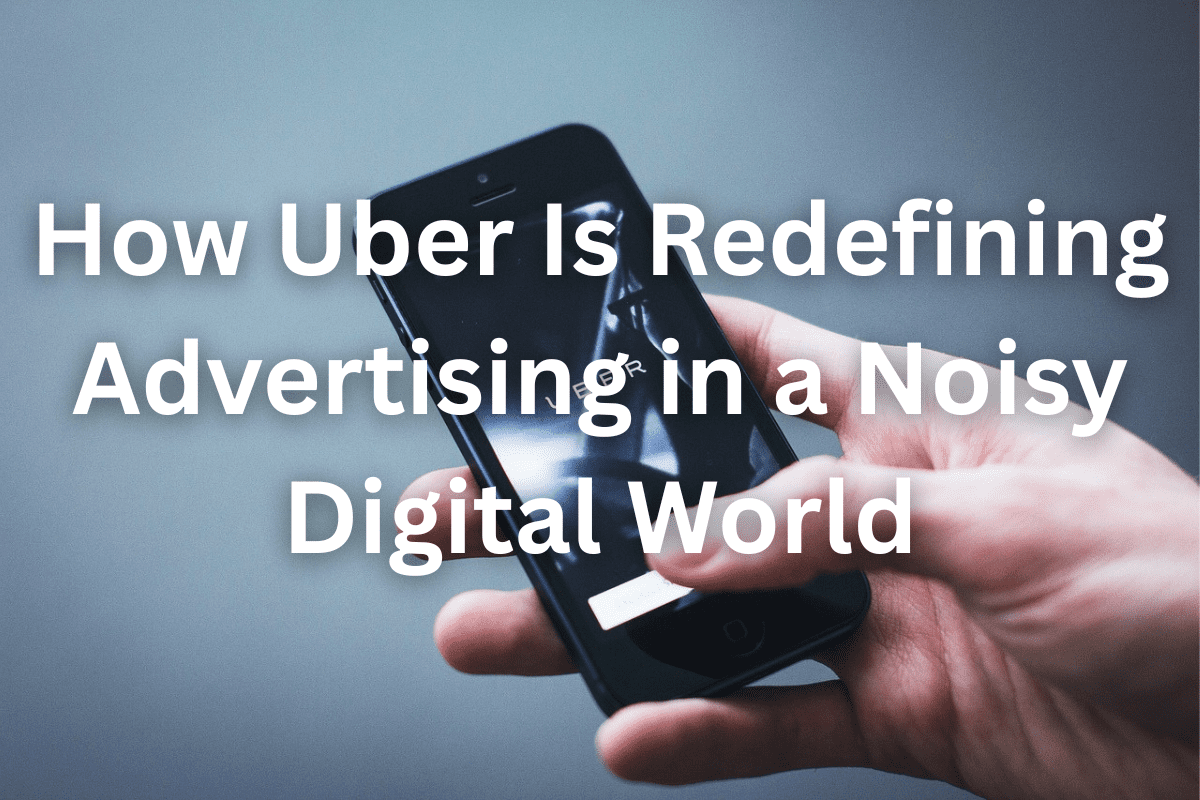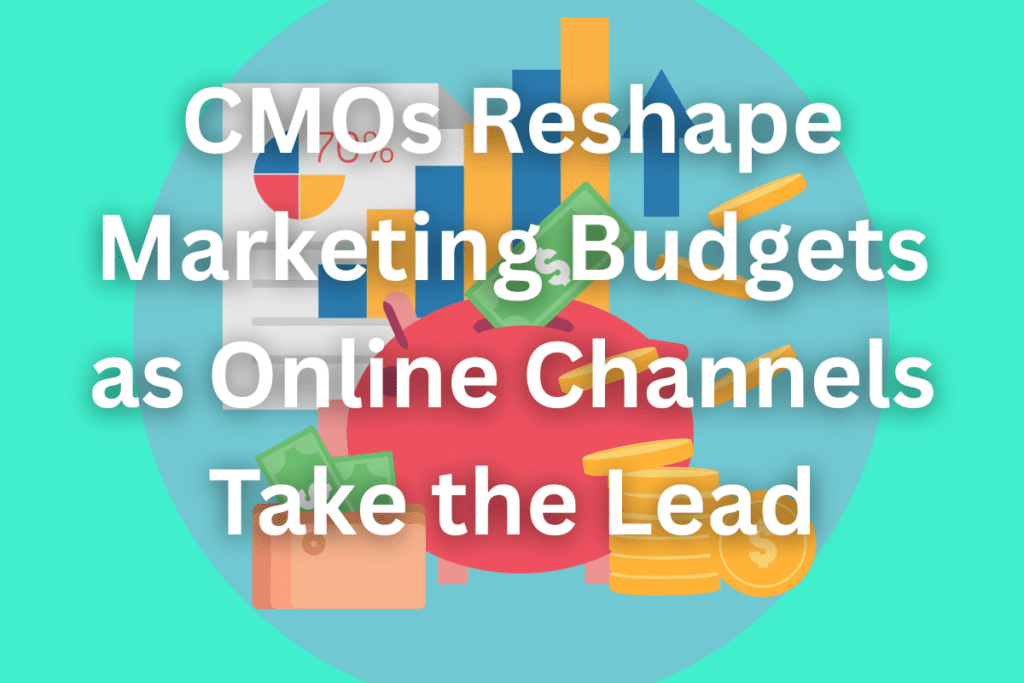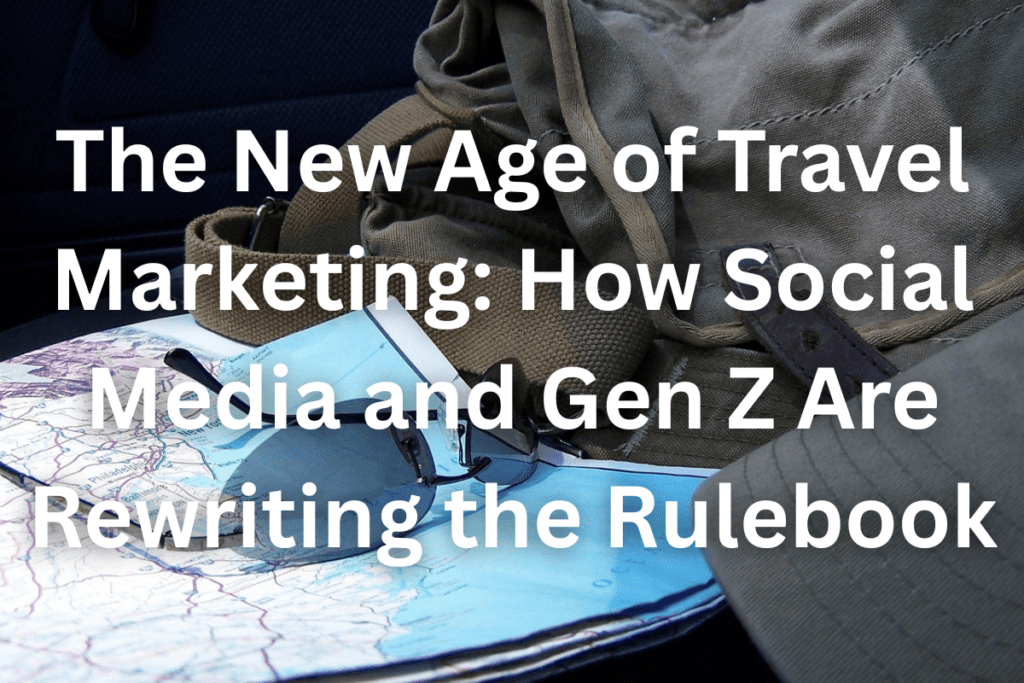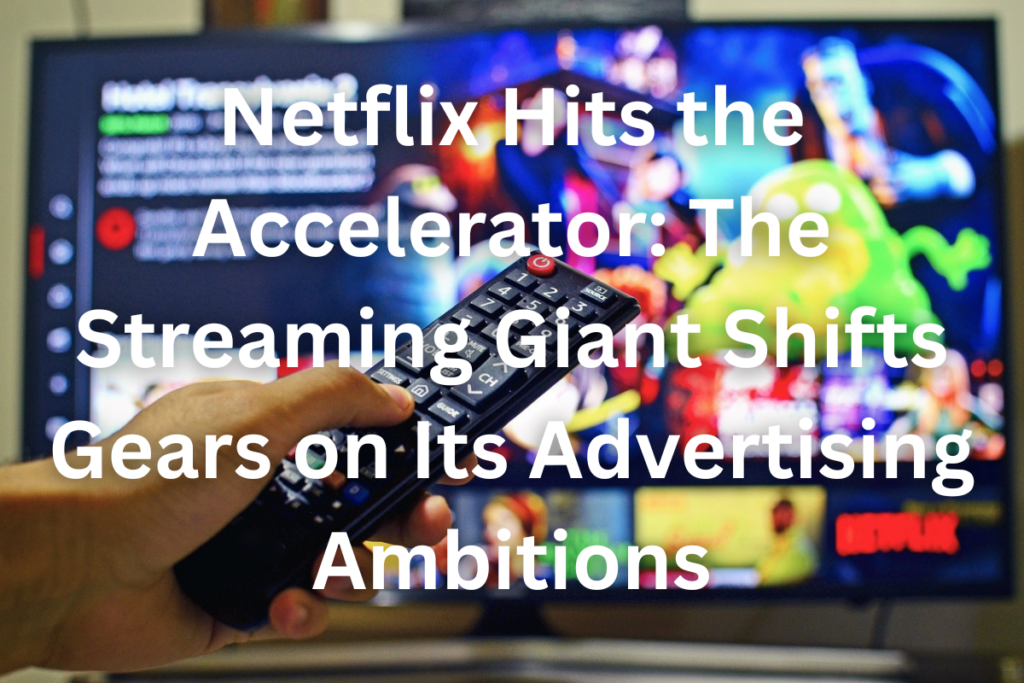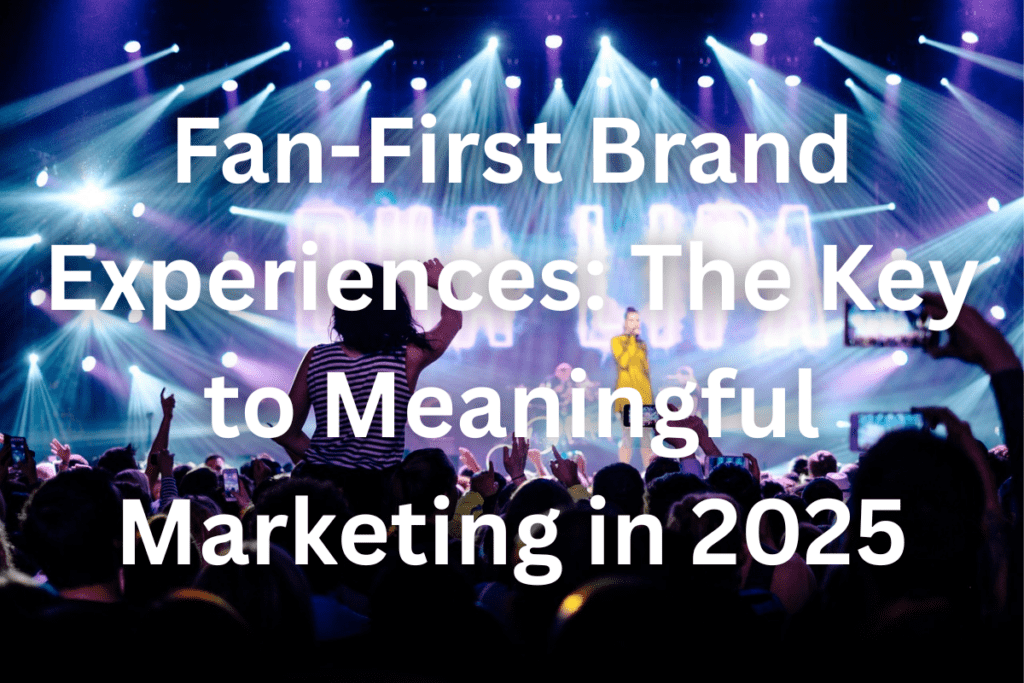In today’s hyper-connected world, advertising is everywhere. It’s on our phones, our laptops, our TVs – even the bus we take to work.
With so much competition for our attention, it’s no wonder that advertising has become something of a blur, fading into the background for many consumers. But amidst this noise, some brands are finding smarter, sharper ways to stand out.
At Advertising Week Europe in London, Uber’s Head of International Advertising took centre stage to explain how the global brand is taking a different approach to a very modern challenge: how to capture – and crucially, retain – consumer attention in a world overflowing with distractions.
A New Frontier for Advertisers
With access to more mediums, smarter tracking tools, and precise personalisation options than ever before, one might assume modern advertising has never been easier. But in reality, the opposite is true. Consumers are more distracted, more discerning, and more sceptical than ever before.
Uber, however, has flipped this challenge on its head. Rather than treating ads as a bolt-on or disruptive force, the company has made them part of the ride – quite literally.
By integrating native advertising units into its in-app experience, Uber ensures its users aren’t just passive recipients of promotions. Instead, ads are seamlessly embedded into the user journey – relevant to the moment, the rider’s location, and even the time of day.
It’s a move that reflects deep respect for the user experience.
Designed for the Journey, Not Just the Sale
During the keynote, Uber’s advertising head made one thing crystal clear: user experience is non-negotiable.
They explained that if they just chase revenue, they lose people. Their users want to get from A to B without irritation – and their ads need to respect that.
To this end, Uber has devised a subtle advertising ecosystem. For example, ads shown before a driver arrives are non-clickable – ensuring riders aren’t lured away from the app just when they need it most.
Only once the journey is underway do ads become interactive, protecting functionality while boosting engagement.
It’s a smart balance of form and function, where ads become less of a distraction and more of a contextual companion to the customer’s real-time experience.
Measuring Attention: From Clicks to Eye Movements
In the age of infinite scroll and skippable content, holding someone’s attention for even a few seconds can feel like a win. But Uber isn’t guessing when it comes to effectiveness – it’s measuring, meticulously.
Using Lumen’s eye-tracking technology, Uber analyses how users visually interact with their app and the embedded ads. The data revealed something remarkable: Uber’s in-app ads held user attention for up to two minutes – an anomaly in the industry.
The speaker noted that they knew they had something powerful, but they needed to understand what that attention actually meant.
It turns out, it meant a lot. Uber’s ad placements achieved 5.5 seconds of attention per 1,000 impressions – compared to a 1.3 second average for mobile display. That translated to £29.37 in incremental profit per 1,000 impressions, a staggering figure by industry standards.
Attention Equals Profit
If there were ever any doubts about the value of consumer attention, Uber and its partners have laid them to rest.
According to Lumen’s CEO, a Ubiquity study showed that some media channels generate significantly more profit than others. The one common thread? Attention.
The CEO revealed that attention predicts profit almost perfectly, It’s not just about visibility – it’s about content that works, and works in the right moment.
Uber’s own internal testing confirmed the same: a 27% uplift in brand consideration was observed among users exposed to Uber’s in-app ads. This wasn’t by accident – it was the result of conscious design, user-centric thinking, and data-led refinement.
Conclusion: A Future Where Attention Is Everything
In the battle for consumer engagement, the rules are being rewritten. Where once brute-force exposure was enough, today’s advertising demands nuance, empathy, and intelligence.
Uber’s approach – blending personalisation, seamless design, and real-time relevance – has proven that attention isn’t just a vanity metric. It’s a revenue driver. A brand differentiator. A new form of currency in the digital economy.
As advertisers strive to cut through the noise, Uber offers a powerful lesson: the path to profit begins not with shouting louder, but with listening better – and designing every touchpoint with the consumer firmly in mind.

